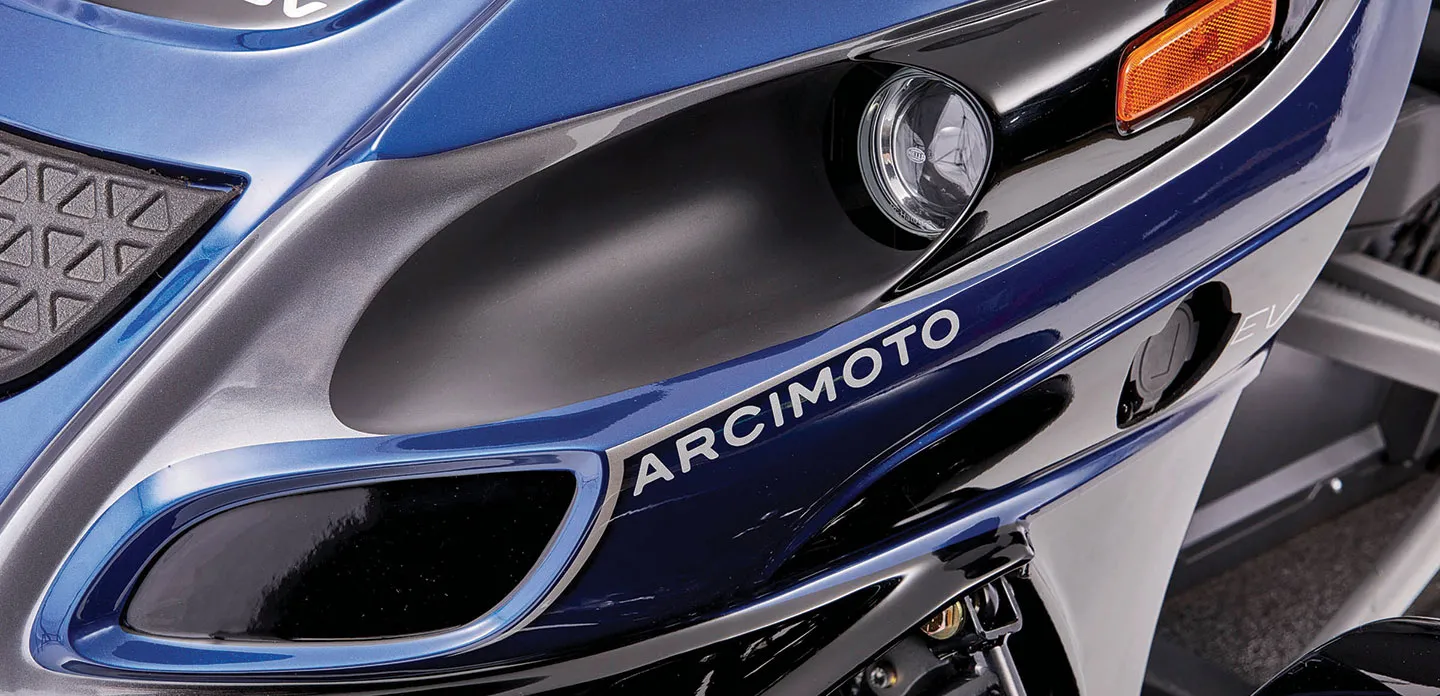Founded in 2007 to catalyze a shift to a more sustainable transportation system, Arcimoto, Inc. (NASDAQ: FUV), has devised new technologies and patterns of mobility that together raise the bar for environmental efficiency, footprint size, and price affordability in electric vehicle design. The word means “future I drive,” and the company has broken new ground in the transportation industry by establishing the fun utility vehicle (FUV) category for electric vehicles, following the introduction of Arcimoto’s first electric three-wheeled FUV, which is currently available for preorder with a target purchase price of $11,900.
Over the past decade, Arcimoto has focused R&D efforts at its Eugene, Ore., headquarters and manufacturing facility on creating the most affordable and performance-packed electric vehicle suitable for the daily driver. “Early concept development was done by hand in a low-tech shop, and with limited design software. However, it was soon evident that a competitive, mass producible product would require the use of advanced engineering tools for design and analysis,” says Mechanical Engineer/PDM Administrator Diana Standish. “The company operated without an official CAD system until 2011,” Standish explains. “While that effort certainly advanced the early-generation concepts, it was difficult and time consuming to work that way, especially as the design team grew. We needed a CAD system to support visualization and simulation in lieu of heavy prototyping, and to help us streamline the development process ahead of manufacturing our first products.”
Although Arcimoto initially tried to design products using the Rhino® surfacing package, the company soon realized that it needed a 3D solid modeling system with integrated mechanical design, electrical design, and engineering solutions. “Arcimoto chose the SOLIDWORKS design platform because it’s easy to use, includes robust sheet metal and weldment design capabilities, and provides access to a complete set of integrated solutions, such as analysis, product data management [PDM], and electrical design tools,” Standish says. Following the SOLIDWORKS Professional implemention, Autodesk offered Arcimoto its Inventor® 3D design and Vault® PDM systems free of charge for a limited period of time. “After trying Autodesk tools for a few months, our engineers were virtually unanimous in wanting to remain with SOLIDWORKS because of the progress we made using SOLIDWORKS,” Standish recalls. “We have since added SOLIDWORKS Premium design and analysis software, as well as SOLIDWORKS Electrical Schematics Professional electrical design, SOLIDWORKS Electrical 3D electrical design, and SOLIDWORKS PDM Standard product data management software. More than 98 percent of our fi rst product was designed with SOLIDWORKS.”
MULTI-BODY SHEET-METAL TOOLS SAVE TIME, IMPROVE PERFORMANCE
Using SOLIDWORKS, Arcimoto has not only streamlined its development processes but has also improved the manufacturability of components. For example, the need to minimize weight while maximizing strength and stiffness led the company to use multi-body sheet-metal parts and weldments to create the chassis for its FUV vehicle. “SOLIDWORKS sheet metal and weldment design tools let us utilize multibody sheet metal parts to create the vehicle chassis,” Standish notes. “With SOLIDWORKS, we can create and combine sheet metal parts of different thicknesses and control each bend radius from the central part. This eliminates the need to deal with a messy assembly, in which a face change would blow up 200 mates. SOLIDWORKS allows us to have multiple sheet metal parts combined in a single part, which is making design changes faster and easier, as well as improving manufacturability.”
